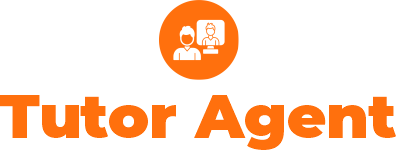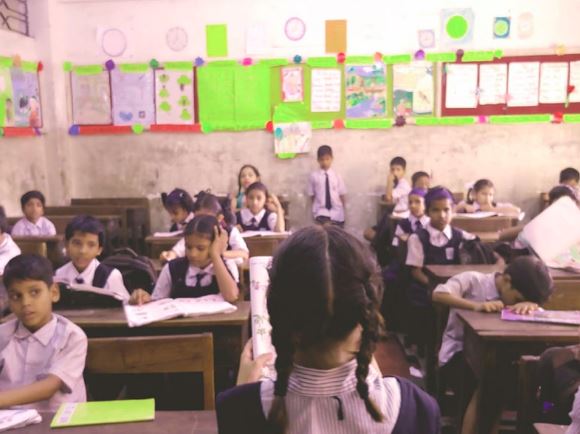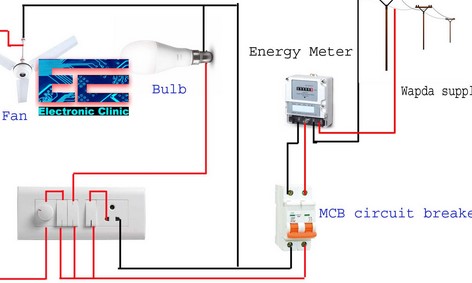In an ideal educational setting, all students would progress at the same pace and achieve academic success. However, the reality is that some students may experience learning gaps and fall behind their peers. Remedial tutoring plays a vital role in helping these students catch up and bridge those gaps. Here are some effective strategies that schools can implement to address learning gaps through remedial tutoring.
- Assess Individual Learning Needs: Begin by identifying the specific areas where students are struggling. Conduct assessments or use existing data to pinpoint the learning gaps and determine the skills or concepts that require remedial intervention. This will help tutors tailor their instruction to meet the unique needs of each student.
- Provide Personalized Instruction: Remedial tutoring should focus on providing individualized, one-on-one or small group instruction. Tutors can use differentiated teaching techniques that target specific learning goals, address misconceptions, and reinforce foundational knowledge. By adapting instruction to match the students’ learning styles and abilities, tutors can effectively address their learning gaps.
- Utilize Data-Driven Approaches: Regularly monitor students’ progress through ongoing assessments to track their growth and adjust tutoring strategies accordingly. Use formative assessments and data analysis tools to identify areas of improvement and make data-driven decisions. This allows tutors to target specific weaknesses and adjust their teaching methods as necessary.
- Use Multisensory Instructional Methods: Incorporate a variety of instructional materials and activities to engage students and cater to different learning styles. Use visual aids, manipulatives, technology, and hands-on activities to reinforce concepts and enhance understanding. This multi-modal approach helps students grasp difficult concepts more effectively.
- Break Down Complex Concepts: For students with learning gaps, complex concepts may be particularly challenging to comprehend. Tutors should break down these concepts into smaller, more easily digestible parts. By providing step-by-step explanations and scaffolding support, tutors can help students grasp the foundational knowledge necessary to build their understanding.
- Engage Students with Interactive Learning: Keep the tutoring sessions interactive and engaging. Incorporate games, interactive online resources, educational technology, and real-life examples to make learning enjoyable. This not only enhances students’ motivation but also helps them connect and apply their knowledge to real-world situations.
- Encourage Regular Practice and Review: Consistency is key in remedial tutoring. Encourage students to practice the skills or concepts they’ve learned independently on a regular basis. Assign homework or provide additional resources for students to review and reinforce their understanding. Frequent review sessions can help solidify learning and prevent regression.
- Foster a Supportive Learning Environment: Create a safe and supportive environment in which students feel comfortable asking questions and seeking clarification. Encourage open communication and provide positive reinforcement for effort and progress. Build students’ self-confidence by celebrating their achievements and highlighting their strengths.
- Communicate and Collaborate with Classroom Teachers: Collaboration between tutors and classroom teachers is crucial for addressing learning gaps effectively. Share information about students’ progress, strengths, and areas for improvement. Collaborate on instructional strategies, provide updates on tutoring goals and methods, and discuss any specialized approaches required for individual students.
- Empower and Involve Parents: Engage parents in the tutoring process by providing regular progress updates, sharing strategies for supporting learning at home, and encouraging them to reinforce skills and concepts outside of tutoring sessions. Parental involvement can have a significant impact on students’ progress and ensure continuity between tutoring and classroom learning.
Addressing learning gaps through remedial tutoring requires a tailored approach that focuses on individual student needs. By implementing these strategies, schools can provide targeted support to students, help them bridge their learning gaps, and pave the way for academic success.




